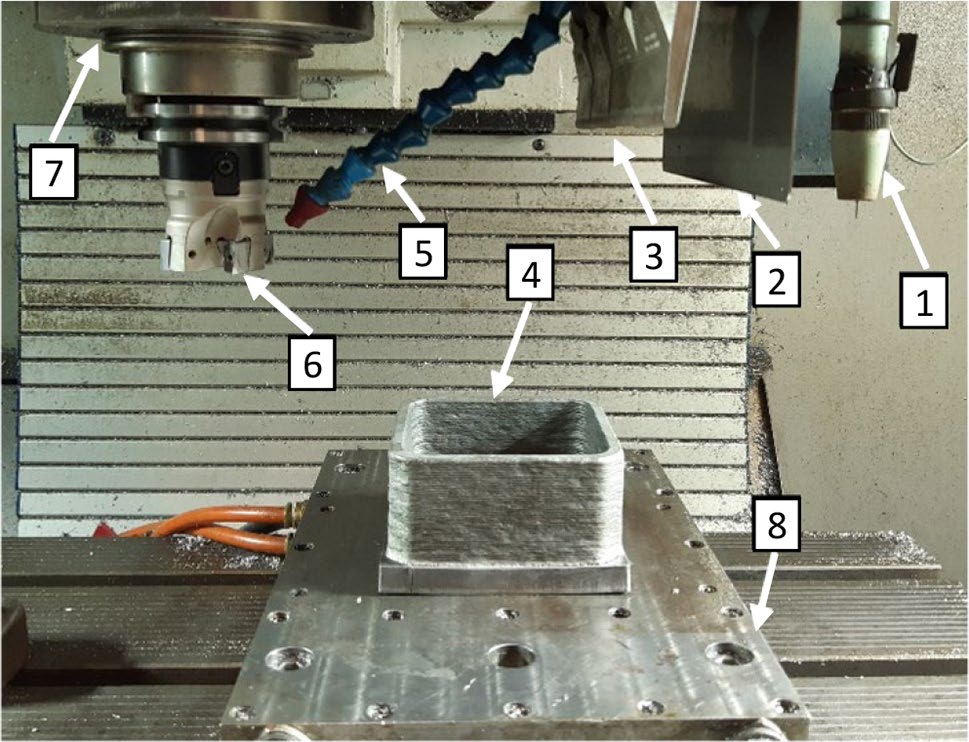
Additive manufacturing (AM) is a progressive technology which holds promise for manufacturing of heat resistant super alloys. One of the most productive methods is wire arc additive manufacturing (WAAM). In this article, an alternative WAAM strategy is investigated. Experimental clads and material tests were performed to evaluate the material properties obtained through a cold metal transfer (CMT) discontinuous WAAM of Inconel 625 alloy. Using the modern terminology of Fronius Gmbh this method is called CMT cycle step. The difference is that it is automatically controlled by the welding source. CMT discontinuous WAAM has lower productivity and a higher consumption of shielding gas. However, it excels in low heat input and precise material cladding in comparison with a standard CMT continuous WAAM. It enables fabrication of finer details even on thin-walled components or in sections with problematic heat dissipation. Samples manufactured using this strategy were also compared with samples manufactured through a standard CMT continuous WAAM. Two sets of manufactured samples were thus tested. The following material tests were performed: (i) metallographic analysis, (ii) x-ray tomography, (iii) SEM analysis, (iv) hardness, (v) tensile strength (20 °C, 650 °C) and (vi) pin-on-disc (20 °C, 650 °C). The results show that the CMT discontinuous WAAM led to improved material properties in the Inconel 625 samples. Ultimate tensile strength improved by 15% at 20 °C and by 4% at 650 °C. Wear resistance at 650 °C was about two times higher. This paper concludes that the CMT discontinuous WAAM for Inconel 625 is definitely suitable for manufacturing of complex shapes, fine details and thin-walled components.